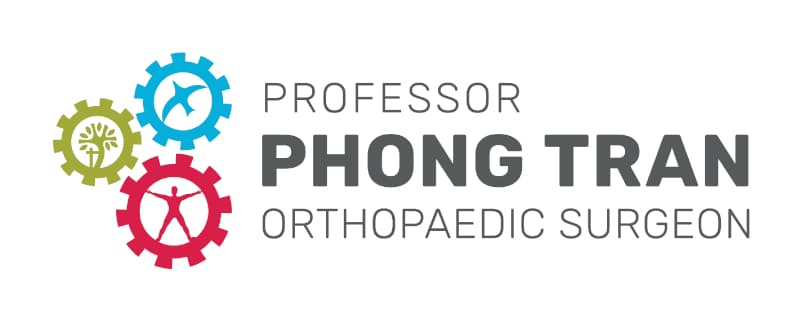About Frozen Shoulder
Frozen shoulder, also known as adhesive capsulitis, is a condition that causes pain and stiffness in your shoulder joint.
A Frozen shoulder goes through 3 stages that can often take 2 years. Firstly, there is the Freezing Stage. This stage is very painful and is associated with your shoulder becoming very stiff in all directions of movement.
Secondly, there is the Frozen Stage. Where the shoulder is very stiff to move but the pain is gradually decreasing.
Lastly, is the Thawing Stage. Your shoulder is not very painful and the shoulder slowly regains it movement and flexibility.

Causes
Frozen shoulder can develop by itself, but is often associated with some minor injury to your shoulder. It may be been something that you really didn’t think much of at the time.
It can also develop after surgery, or after your shoulder has been immobilized in a sling.
Treatment of Frozen Shoulder
Treatment for frozen shoulder involves stretching exercises and, sometimes, the injection of corticosteroids and local anaesthetics into the shoulder joint. The steroid can also be injected under pressure, a procedure performed by a radiologist called a hydrodilatation. In some cases, surgery may be needed to loosen the joint capsule through a procedure called Shoulder Manipulation or through arthroscopic key-hole surgery to release the tightened capsule.
Frozen shoulder can usually be treated successfully with steroid injections and physiotherapy.
However, if the pain has been present for more than 6 months, shoulder arthroscopy is a successful option.
Further Reading and References
- Adhesive capsulitis: a review. Am Fam Physician. 2011 Feb 15;83(4):417-22.
-
Diagnostic and therapeutic injection of the shoulder region. Am Fam Physician. 2003 Mar 15;67(6):1271-8. Review.
